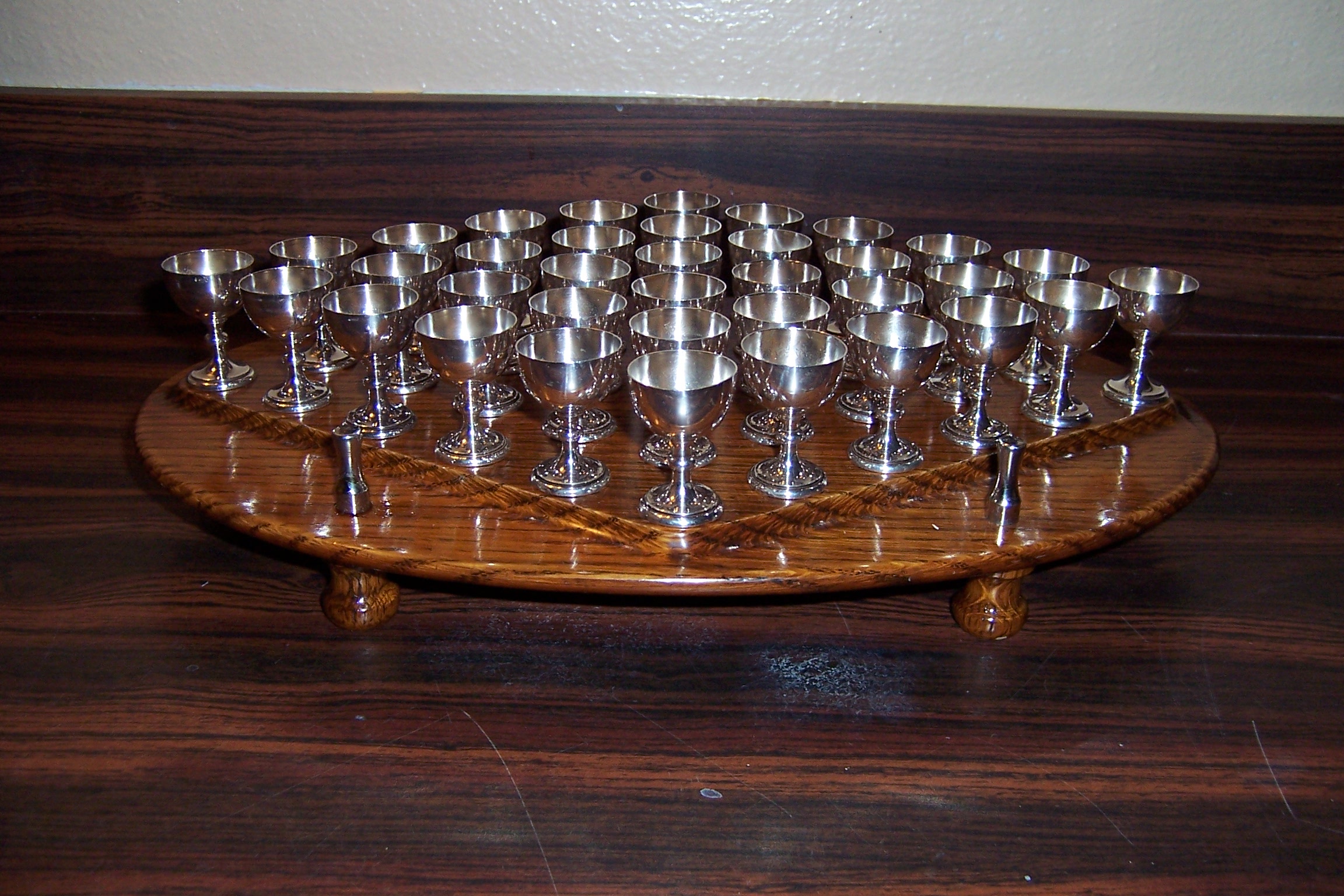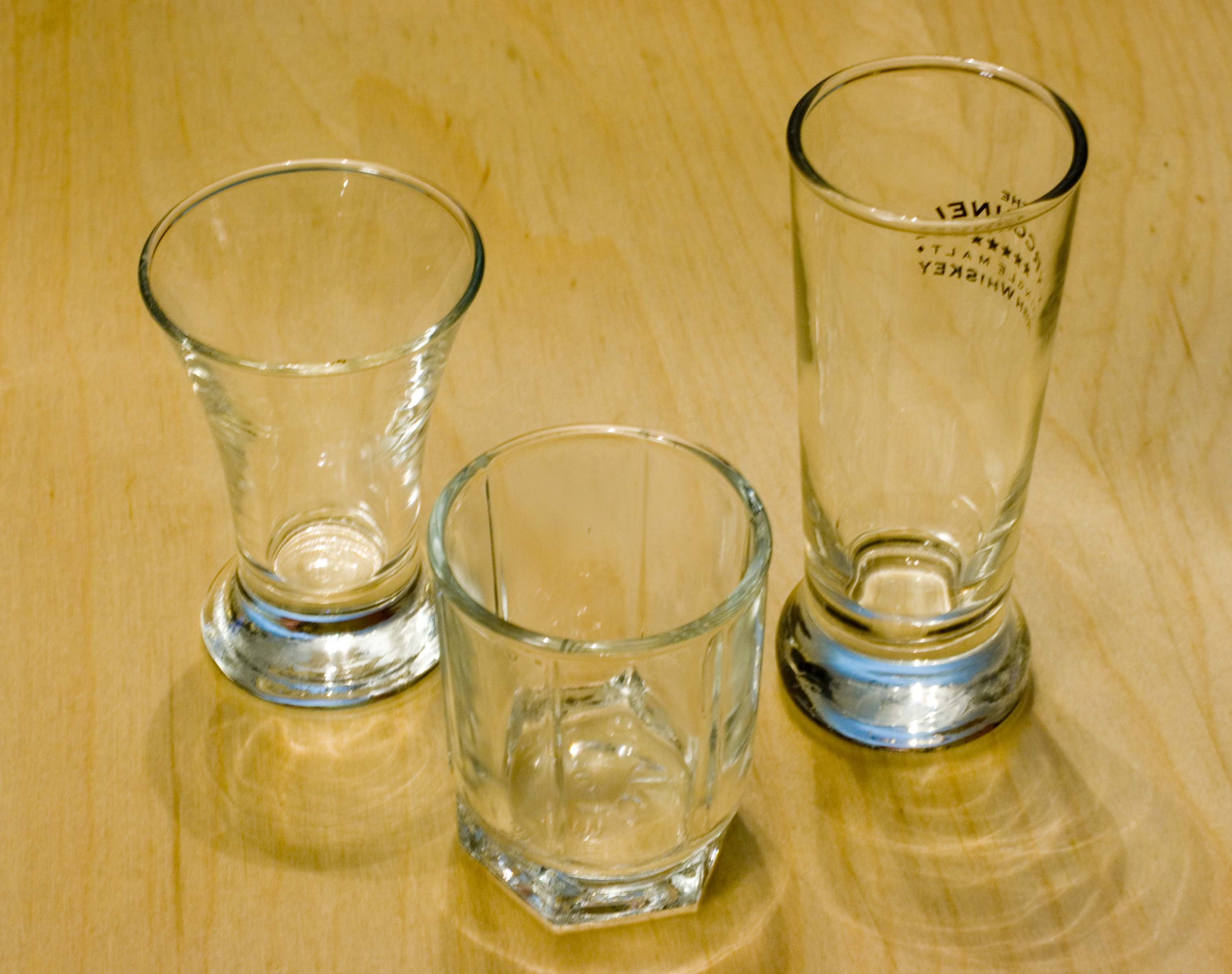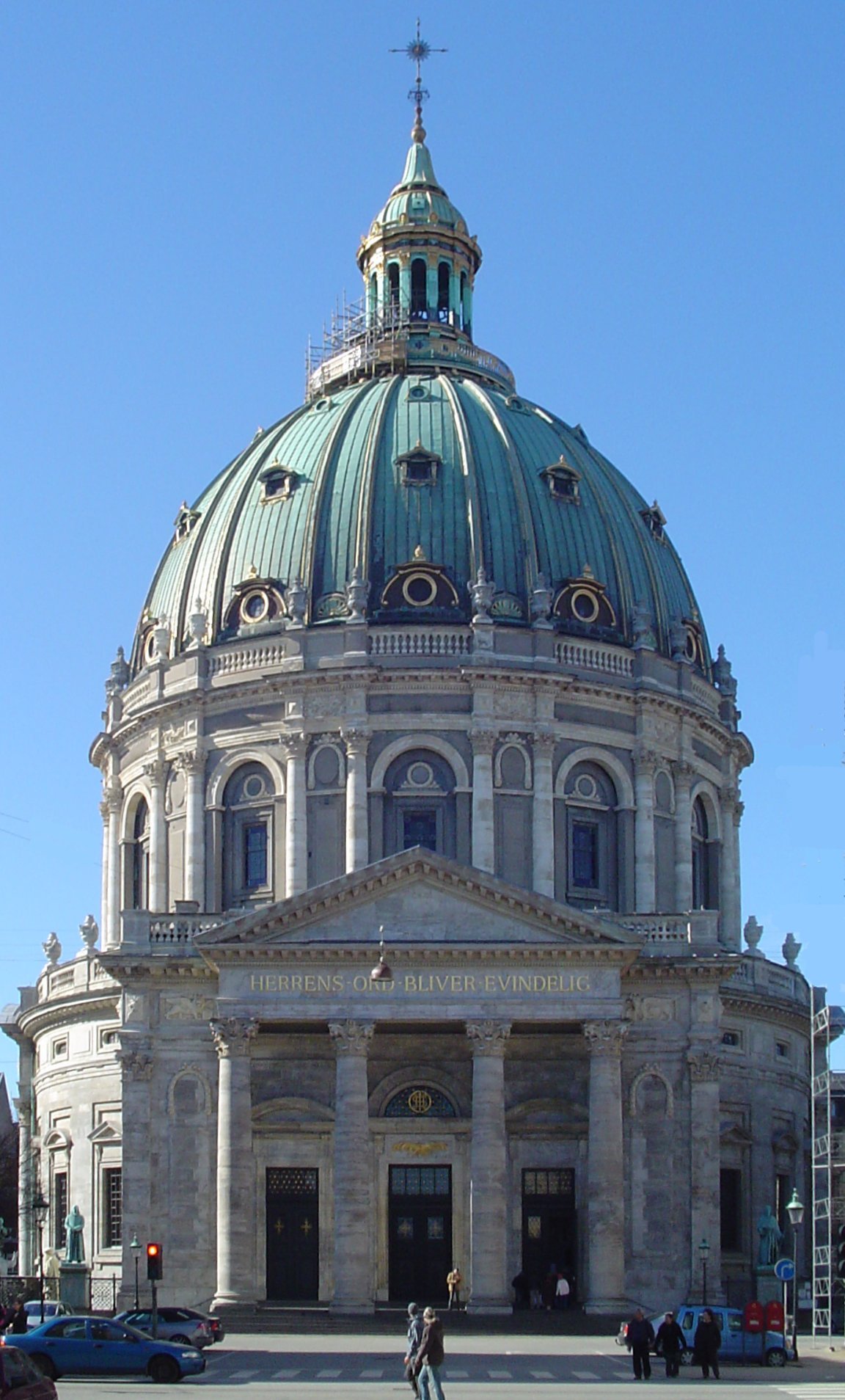|
Communion Cup
A communion cup is a ritual liturgical vessel, a variant of a chalice, used by only one member of the congregation. A communion cup is usually quite small; it can be as small as a shot glass. They may be designed as small beakers or as miniature versions of the usual liturgical chalice. This manner of administering consecrated wine at Holy Communion has become established in various Christian denominations, either as a general practice or as a temporary arrangement; for example, during epidemics. In churches such as the Catholic Church, which generally offer communion without wine, or where intinction (dipping the host in the chalice) is the custom, communion cups are not known, and, thus, they are not used during epidemics. Scandinavia In Scandinavia, the consecrated wine can be shared in the Church of Norway from a single chalice (from which everyone drinks in turn), from communion cups (''særkalker''), or through intinction. The use of communion cups in Norway is recent; it ... [...More Info...] [...Related Items...] OR: [Wikipedia] [Google] [Baidu] |
Communion Cups 001
Communion may refer to: Religion * The Eucharist (also called the Holy Communion or Lord's Supper), the Christian rite involving the eating of bread and drinking of wine, reenacting the Last Supper **Communion (chant), the Gregorian chant that accompanies this rite ** First Communion, a ceremony in some Christian traditions during which a person receives the Eucharist for the first time * ''Koinonia'' (communion or fellowship), the relationship between Christians as individuals and as churches ** Communion of Saints, a doctrine of Christianity mentioned in the Apostles' Creed ** Full communion, recognition between churches Arts, entertainment, and media Films and literature * ''Communion'' (2016 film), a documentary * ''Communion'' (book), a book by Whitley Strieber about his purported abductions by aliens ** Communion (1989 film), a film based on the book * ''Alice, Sweet Alice'' or ''Communion'', a 1976 horror film starring Brooke Shields Music * ''Communion'' (Roy Campbell ... [...More Info...] [...Related Items...] OR: [Wikipedia] [Google] [Baidu] |
Chalice
A chalice (from Latin 'mug', borrowed from Ancient Greek () 'cup') or goblet is a footed cup intended to hold a drink. In religious practice, a chalice is often used for drinking during a ceremony or may carry a certain symbolic meaning. Religious use Christian The ancient Roman ''calix'' was a drinking vessel consisting of a bowl fixed atop a stand, and was in common use at banquets. In Roman Catholicism, Eastern Orthodox Church, Oriental Orthodoxy, Anglicanism, Lutheranism and some other Christian denominations, a chalice is a standing cup used to hold sacramental wine during the Eucharist (also called the Lord's Supper or Holy Communion). Chalices are often made of precious metal, and they are sometimes richly enamelled and jewelled. The gold goblet was symbolic for family and tradition. Chalices have been used since the early church. Because of Jesus' command to his disciples to "Do this in remembrance of me." (), and Paul's account of the Eucharistic rite in ... [...More Info...] [...Related Items...] OR: [Wikipedia] [Google] [Baidu] |
Shot Glass
A shot glass is a glass originally designed to hold or measure spirits or liquor, which is either imbibed straight from the glass ("a shot") or poured into a cocktail ("a drink"). An alcoholic beverage served in a shot glass and typically consumed quickly, in one gulp, may also be known as a "shooter". Shot glasses decorated with a wide variety of toasts, advertisements, humorous pictures, or other decorations and words are popular souvenirs and collectibles, especially as merchandise of a brewery. Name origin The word ''shot'', meaning a drink of alcohol, has been used since at least the 17th century, while it is known to have referred specifically to a small drink of spirits in the U.S. since at least the 1920s. The phrase ''shot glass'' has been in use since at least the 1940s. Earliest shot glasses Some of the earliest whiskey glasses in America from the late 1700s to early 1800s were called "whiskey tasters" or "whiskey tumblers" and were hand blown. They are th ... [...More Info...] [...Related Items...] OR: [Wikipedia] [Google] [Baidu] |
Eucharist
The Eucharist (; from Greek , , ), also known as Holy Communion and the Lord's Supper, is a Christian rite that is considered a sacrament in most churches, and as an ordinance in others. According to the New Testament, the rite was instituted by Jesus Christ during the Last Supper; giving his disciples bread and wine during a Passover meal, he commanded them to "do this in memory of me" while referring to the bread as "my body" and the cup of wine as "the blood of my covenant, which is poured out for many". The elements of the Eucharist, sacramental bread ( leavened or unleavened) and wine (or non-alcoholic grape juice), are consecrated on an altar or a communion table and consumed thereafter, usually on Sundays. Communicants, those who consume the elements, may speak of "receiving the Eucharist" as well as "celebrating the Eucharist". Christians generally recognize a special presence of Christ in this rite, though they differ about exactly how, where, and when Chr ... [...More Info...] [...Related Items...] OR: [Wikipedia] [Google] [Baidu] |
Catholic Church
The Catholic Church, also known as the Roman Catholic Church, is the largest Christian church, with 1.3 billion baptized Catholics worldwide . It is among the world's oldest and largest international institutions, and has played a prominent role in the history and development of Western civilization.O'Collins, p. v (preface). The church consists of 24 ''sui iuris'' churches, including the Latin Church and 23 Eastern Catholic Churches, which comprise almost 3,500 dioceses and eparchies located around the world. The pope, who is the bishop of Rome, is the chief pastor of the church. The bishopric of Rome, known as the Holy See, is the central governing authority of the church. The administrative body of the Holy See, the Roman Curia, has its principal offices in Vatican City, a small enclave of the Italian city of Rome, of which the pope is head of state. The core beliefs of Catholicism are found in the Nicene Creed. The Catholic Church teaches that it is the on ... [...More Info...] [...Related Items...] OR: [Wikipedia] [Google] [Baidu] |
Intinction
Intinction is the Eucharistic practice of partly dipping the consecrated bread, or ''host'', into the consecrated wine before consumption by the communicant. Western Christianity Intinction is a method of administering Holy Communion in many Western Christian denominations. It is one of the four ways approved in the Latin liturgical rites of the Catholic Church for administering Holy Communion under the form of wine as well as of bread: "The norms of the Roman Missal admit the principle that in cases where Communion is administered under both kinds, 'the Blood of the Lord may be received either by drinking from the chalice directly, or by intinction, or by means of a tube or a spoon'General Instruction of the Roman Missal, 245. .. In the Catholic Church, "The communicant must not be permitted to intinct the host himself in the chalice, nor to receive the intincted host in the hand. As for the host to be used for the intinction, it should be made of valid matter, also consecrated ... [...More Info...] [...Related Items...] OR: [Wikipedia] [Google] [Baidu] |
Sacramental Bread
Sacramental bread, also called Communion bread, Eucharistic bread, the Lamb or simply the host ( la, hostia, lit=sacrificial victim), is the bread used in the Christian ritual of the Eucharist. Along with sacramental wine, it is one of two elements of the Eucharist. The bread may be either leavened or unleavened, depending on tradition. Catholic theology generally teaches that at the Words of Institution the bread's substance is changed into the Body of Christ (transubstantiation), whereas Eastern Christian theology generally views the epiclesis as the point at which the change occurs. Bread was also used in Jewish Temple ritual as well as in the religious rituals of Mandaeism, Mithraism, and other pagan cultures like that of ancient Egypt. Christianity Etymology of ''host'' The word ''host'' is derived from the Latin , which means 'sacrificial victim'. The term can be used to describe the bread both before and after consecration, although it is more correct to use it a ... [...More Info...] [...Related Items...] OR: [Wikipedia] [Google] [Baidu] |
Church Of Norway
The Church of Norway ( nb, Den norske kirke, nn, Den norske kyrkja, se, Norgga girku, sma, Nöörjen gærhkoe) is an evangelical Lutheran denomination of Protestant Christianity and by far the largest Christian church in Norway. The church became the state church of Norway around 1020, and was established as a separate church intimately integrated with the state as a result of the Lutheran reformation in Denmark–Norway which broke ties with the Holy See in 1536–1537; the King of Norway was the church's head from 1537 to 2012. Historically the church was one of the main instruments of royal power and official authority, and an important part of the state administration; local government was based on the church's parishes with significant official responsibility held by the parish priest. In the 19th and 20th centuries it gradually ceded most administrative functions to the secular civil service. The modern Constitution of Norway describes the church as the country's "peo ... [...More Info...] [...Related Items...] OR: [Wikipedia] [Google] [Baidu] |
Tuberculosis
Tuberculosis (TB) is an infectious disease usually caused by '' Mycobacterium tuberculosis'' (MTB) bacteria. Tuberculosis generally affects the lungs, but it can also affect other parts of the body. Most infections show no symptoms, in which case it is known as latent tuberculosis. Around 10% of latent infections progress to active disease which, if left untreated, kill about half of those affected. Typical symptoms of active TB are chronic cough with blood-containing mucus, fever, night sweats, and weight loss. It was historically referred to as consumption due to the weight loss associated with the disease. Infection of other organs can cause a wide range of symptoms. Tuberculosis is spread from one person to the next through the air when people who have active TB in their lungs cough, spit, speak, or sneeze. People with Latent TB do not spread the disease. Active infection occurs more often in people with HIV/AIDS and in those who smoke. Diagnosis of active TB is ... [...More Info...] [...Related Items...] OR: [Wikipedia] [Google] [Baidu] |
Church Of Denmark
The Evangelical-Lutheran Church in Denmark or National Church, sometimes called the Church of Denmark ( da, Folkekirken, literally: "The People's Church" or unofficially da, Den danske folkekirke, literally: "The Danish People's Church"; kl, Ilagiit, literally: "The Congregation"), is the established, state-supported church in Denmark. The supreme secular authority of the church is composed of the reigning monarch and Denmark's Parliament, the Folketing. , 73.2% of the population of Denmark are members,Church membership 1990-2021 Kirkeministeriet though membership is voluntary.Freedom of reli ... [...More Info...] [...Related Items...] OR: [Wikipedia] [Google] [Baidu] |
First World War
World War I (28 July 1914 11 November 1918), often abbreviated as WWI, was one of the deadliest global conflicts in history. Belligerents included much of Europe, the Russian Empire, the United States, and the Ottoman Empire, with fighting occurring throughout Europe, the Middle East, Africa, the Pacific, and parts of Asia. An estimated 9 million soldiers were killed in combat, plus another 23 million wounded, while 5 million civilians died as a result of military action, hunger, and disease. Millions more died in genocides within the Ottoman Empire and in the 1918 influenza pandemic, which was exacerbated by the movement of combatants during the war. Prior to 1914, the European great powers were divided between the Triple Entente (comprising France, Russia, and Britain) and the Triple Alliance (containing Germany, Austria-Hungary, and Italy). Tensions in the Balkans came to a head on 28 June 1914, following the assassination of Archduke Franz Ferdina ... [...More Info...] [...Related Items...] OR: [Wikipedia] [Google] [Baidu] |
Spanish Flu
The 1918–1920 influenza pandemic, commonly known by the misnomer Spanish flu or as the Great Influenza epidemic, was an exceptionally deadly global influenza pandemic caused by the H1N1 influenza A virus. The earliest documented case was March 1918 in Kansas, United States, with further cases recorded in France, Germany and the United Kingdom in April. Two years later, nearly a third of the global population, or an estimated 500 million people, had been infected in four successive waves. Estimates of deaths range from 17 million to 50 million, and possibly as high as 100 million, making it one of the deadliest pandemics in history. The pandemic broke out near the end of World War I, when wartime censors suppressed bad news in the belligerent countries to maintain morale, but newspapers freely reported the outbreak in neutral Spain, creating a false impression of Spain as the epicenter and leading to the "Spanish flu" misnomer. Limited historical epidemiological ... [...More Info...] [...Related Items...] OR: [Wikipedia] [Google] [Baidu] |




.jpg)



